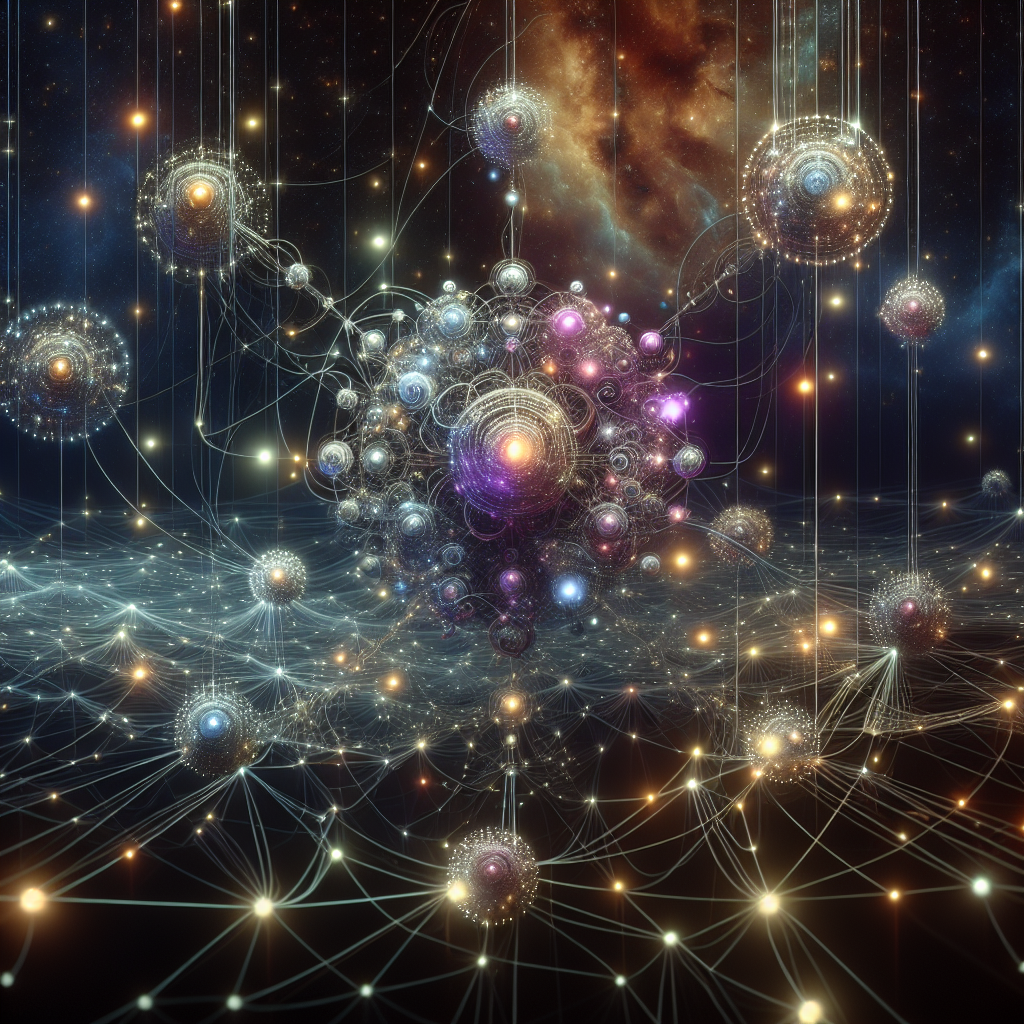Mastering Multi-Agent Collaboration – Tips & Tricks

In today’s fast-paced world where artificial intelligence (AI) is reshaping industries and driving innovation, mastering multi-agent collaboration has become a pivotal skill. As AI technologies evolve, optimizing multi-agent systems is essential for achieving efficient outcomes in diverse applications, from autonomous vehicles to supply chain management.
This blog post delves into enhancing performance through collaborative AI strategies, drawing on insights from leading research institutions like Stanford University and MIT Media Lab. We’ll explore effective teamwork among AI agents, share optimization tips, and provide practical tricks for improving coordination within multi-agent systems.
Introduction
Multi-agent systems (MAS) consist of multiple interacting agents working towards common or individual goals. These systems are prevalent in various fields such as robotics, logistics, and data analysis. As the complexity of these tasks increases, effective coordination among autonomous AI agents becomes crucial. This coordination not only boosts system performance but also opens doors to innovative solutions for complex problems.
The challenge lies in optimizing communication and task allocation among agents to ensure seamless collaboration. Institutions like OpenAI, Stanford University, and MIT Media Lab have been at the forefront of researching strategies that enhance these collaborative dynamics. In this post, we’ll explore proven techniques and insights from their research, focusing on improving multi-agent systems optimization.
The Importance of Multi-Agent Systems Optimization
Enhancing Overall System Performance
Coordinating multiple AI agents effectively enhances overall system performance. By leveraging diverse capabilities and perspectives, multi-agent systems can tackle complex tasks more efficiently than single-agent solutions. This synergy is crucial in areas where rapid decision-making and adaptability are vital.
Collaborative AI Strategies for Effective Teamwork
Collaborative AI strategies foster effective teamwork in AI agents, ensuring they work harmoniously towards shared objectives. These strategies involve designing communication protocols that facilitate seamless information exchange, thus enabling agents to make informed decisions collaboratively.
Techniques for Improving Communication and Task Allocation Among Autonomous Agents
Standardized Messaging Protocols
Implementing standardized messaging protocols is a key technique for improving communication among AI agents. These protocols ensure that all agents understand the messages being exchanged, reducing miscommunication and enhancing collaborative efforts.
Real-Time Data Exchange
Enabling real-time data exchange allows AI agents to share information instantaneously, ensuring timely decision-making. This capability is essential in dynamic environments where conditions can change rapidly, such as autonomous driving or financial trading systems.
Feedback Mechanisms
Incorporating feedback mechanisms helps refine the coordination process among AI agents. By providing continuous feedback on performance, agents can adjust their strategies and improve collaboration over time.
Case Studies from Leading Research Institutions
OpenAI: Pioneering Collaborative AI Strategies
OpenAI has been instrumental in advancing collaborative AI strategies through its research on algorithms that enable agents to cooperate and adaptively respond to changing environments. Their work is particularly relevant for applications requiring high levels of flexibility, such as autonomous drones.
Stanford University: Optimizing Multi-Agent Systems
Researchers at Stanford University have contributed significantly to optimizing multi-agent systems by developing techniques that enhance communication and task allocation among AI agents. Their studies focus on creating robust frameworks that improve system performance across various domains.
MIT Media Lab: Innovating Effective Teamwork in AI Agents
The MIT Media Lab has been at the forefront of innovating effective teamwork in AI agents. By exploring new models for agent interaction, researchers are pushing the boundaries of what collaborative AI systems can achieve, particularly in complex problem-solving scenarios.
Practical Applications and Examples
Autonomous Vehicles
In autonomous vehicles, multi-agent collaboration is crucial for navigation and safety. Each vehicle functions as an agent that communicates with others to avoid collisions and optimize traffic flow. For example, vehicle-to-vehicle communication allows cars to share real-time data about speed and direction, enhancing collective decision-making.
Supply Chain Management
Multi-agent systems improve supply chain efficiency by optimizing logistics operations. Agents can represent different components of the supply chain, such as warehouses, delivery trucks, and retail outlets. By coordinating tasks like inventory management and route planning, these agents ensure timely product deliveries and reduce operational costs.
Healthcare Systems
In healthcare, multi-agent collaboration supports patient care through coordinated decision-making among various medical devices and personnel. For instance, in a smart hospital environment, sensors (agents) can monitor vital signs and alert staff to potential health issues, facilitating quicker responses and better patient outcomes.
Challenges in Multi-Agent Collaboration
Despite the benefits, implementing effective multi-agent systems poses challenges:
- Scalability: As the number of agents increases, managing communication and coordination becomes more complex.
- Interoperability: Different systems or technologies must communicate seamlessly to ensure efficient collaboration.
- Security: Protecting sensitive information shared among agents is critical, particularly in industries like healthcare and finance.
Addressing these challenges requires ongoing research and innovation to develop robust frameworks that can handle the complexities of multi-agent interactions.
Future Directions
The future of multi-agent systems lies in further enhancing their adaptability, learning capabilities, and integration with emerging technologies such as blockchain for secure communication and IoT devices for broader application contexts. As AI continues to evolve, these systems will become increasingly integral to solving global challenges by enabling more efficient resource management, improved safety protocols, and innovative problem-solving approaches.
Conclusion
Mastering multi-agent collaboration is key to unlocking the full potential of AI in various domains. By focusing on optimization strategies and learning from leading research institutions, we can develop systems that not only enhance performance but also drive innovation across industries. As technology advances, the role of multi-agent systems will become ever more critical in shaping a smarter, more connected world.
Take the first step towards revolutionizing your business processes: contact us for a consultation to explore how our expertise in AI collaboration can benefit your organization. Our team is more than happy to field any questions and be of assistance through every stage of implementation. Visit our contact page or use one of our online forms to get started.
By leveraging the strategies discussed, you’ll not only enhance system performance but also position your business at the forefront of AI innovation. Let’s embark on this transformative journey together!
